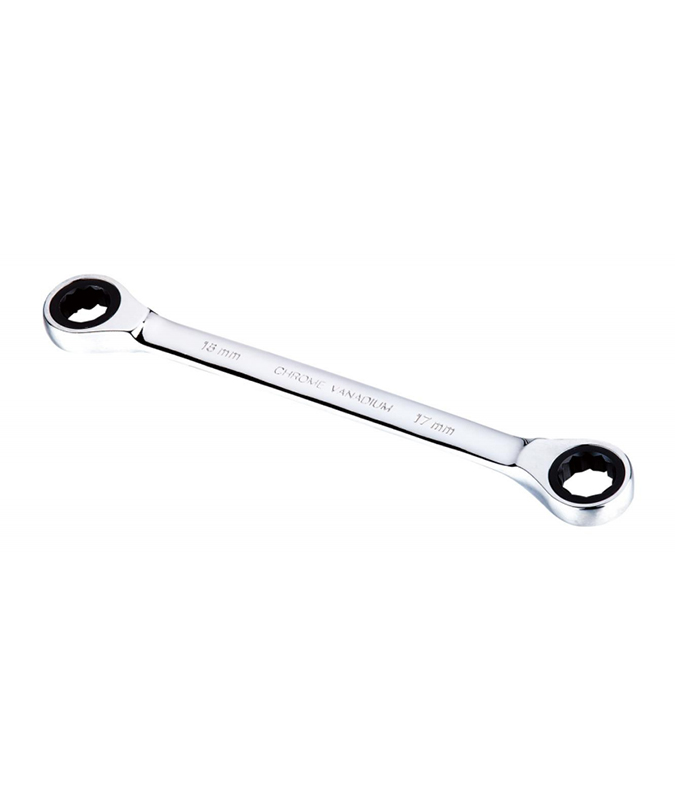

1. The percussion wrench is integrally forged from No. […]
1. The percussion wrench is integrally forged from No. 45 medium carbon steel or 40Cr steel. It is an important type of manual wrench. Generally, the hand-held end is the percussion end and the front end is the working end. It mainly includes two forms: percussion box wrench and percussion wrench.
2. Percussion wrench is one of the commonly used installation and removal tools. In the work of many engineers, it is an inseparable little assistant. The adjustable wrench can arbitrarily adjust the size of the wrench opening within an appropriate range. Used to disassemble bolts and nuts within the limit of the opening size, especially irregular bolts or nuts. Used to tighten bolts or nuts with larger torque. Only start to use after the opening is tightened. Adjust the size of the opening so that the jaw face of the wrench is close to the face of the nut or bolt.
When the wrench is working, force it toward the vice-jaw of the wrench and hold the other end of the wrench in your hand, so that you can avoid damaging the wrench with too much force. The arm should be perpendicular to the direction of the wrench as much as possible, which will save effort.
3. When using the wrench, you cannot pull the wrench with both hands at the same time, only one hand can be used forcefully, and the unforced hand should have a proper support, and the footsteps should be T-shaped and stand firmly to avoid the operator from exerting force. The wrench slipped and fell, resulting in a personal injury accident.
An electric wrench is a wrench powered by a power source or battery, and is a tool for tightening bolts. Mainly used in the steel structure installation industry, specializing in the installation of steel structure high-strength bolts, bolts are used to connect steel structure joints, usually in the form of bolt groups.
4. Pneumatic wrench, also known as a combination of ratchet wrench and electric tool, is mainly a tool that provides high torque output with small consumption. It accelerates the rotation of an object with appropriate mass through a continuous power source, and then instantly hits the output shaft, so that a relatively large torque output can be obtained. Compressed air is a common source of power, but there are also electric or hydraulic ones. Widely used in many industries, such as car repair, heavy equipment maintenance, product assembly (usually called "pulse tool" and designed for torque output), major construction projects, installation of wire thread inserts, and high torque output in any other place need. Torque wrenches are also called torque wrenches or torque wrenches or torque wrenches. Torque is the product of force and distance. When tightening screws, bolts, nuts and other threaded fasteners, you need to control the amount of torque applied. Use threads to tighten and avoid excessive torque. Large damage to the thread, so use a torque wrench to operate. First set an upper limit of the required torque value. When the applied torque reaches the set value, the wrench will make a "click" sound or the wrench connection will bend a little angle, which means that it has been tightened and no more force is required.
5. The pneumatic wrench can be used in every standard ratchet socket driver size, from small 1/4" driver tools to small assembly and disassembly, to 3.5". Pneumatic wrenches are generally not suitable for the fastening of ceramic or plastic mounting parts. The working principle of the torque wrench The principle of the click sound of a torque wrench (torque wrench) is very simple. It can be divided into the following steps to understand: 1. After the torque wrench makes a "click" sound, it indicates that the torque value you require has been reached. 2. The "Kata" issued by the torque wrench is produced by its internal torque release structure, which is composed of three structures: pressure spring, torque release joint, and torque mandrel. 3. First on the torque wrench Set the required torque value (the spring is placed on the ejector rod to apply pressure to the torque release joint), lock the torque wrench, and start to tighten the bolt. When the bolt reaches the torque value (when the torsion force is greater than the pressure of the spring), there will be an instant disjoint effect. At the moment when the disjointed effect is produced, the joints are knocked, and the metal shell of the wrench makes a "click" sound. This confirms the reminder function of reaching the torque value (in fact, the principle is the same as the principle that our arm joints are bent at 15 degrees and placed in the iron pipe immediately after they are straightened). The above mentioned are commonly used manual torque wrenches, in addition to electric torque wrenches, pneumatic torque wrenches and so on.
www.ratchetspanner.com

Yuyao Golden Sun Tools Co., Ltd.